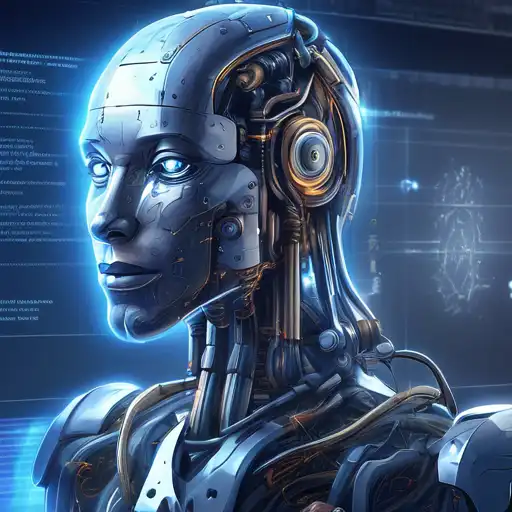Introduction to AI Myths
Artificial Intelligence (AI) is a rapidly evolving field that has captured the imagination of many. However, with its growth, numerous myths and misconceptions have emerged, especially among beginners. This article aims to debunk some of the most common AI myths, providing a clearer understanding of what AI truly is and isn't.
Myth 1: AI Can Think and Feel Like Humans
One of the most prevalent myths is that AI possesses consciousness or emotions similar to humans. In reality, AI operates based on algorithms and data. It can simulate certain aspects of human thought processes but lacks consciousness or emotional understanding.
Myth 2: AI Will Replace All Human Jobs
While AI is transforming the job market, the idea that it will replace all human jobs is an exaggeration. AI is more likely to augment human capabilities, creating new opportunities and roles that we can't yet imagine. For more insights, check out our article on The Future of Work in the Age of AI.
Myth 3: AI Is Infallible
AI systems are only as good as the data they're trained on. They can make mistakes, especially if the training data is biased or incomplete. Understanding the limitations of AI is crucial for its effective application.
Myth 4: AI Development Is Only for Tech Giants
Many believe that AI development is exclusive to large tech companies. However, open-source tools and platforms have democratized AI, enabling individuals and small teams to contribute to and benefit from AI advancements.
How to Get Started with AI
For those interested in exploring AI, starting with foundational knowledge in programming and mathematics is key. Numerous online resources and communities can help beginners take their first steps into the world of AI.
Conclusion
Debunking these myths is essential for a realistic understanding of AI's capabilities and limitations. As AI continues to evolve, staying informed will help individuals and societies navigate its impacts more effectively. For further reading, visit our AI Resources section.
